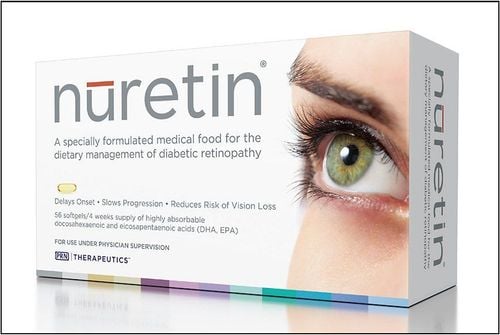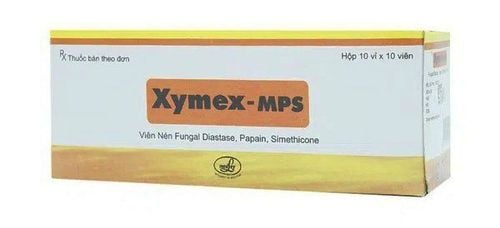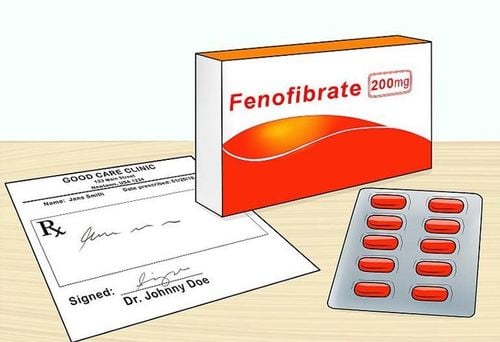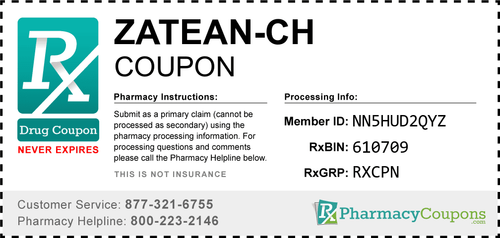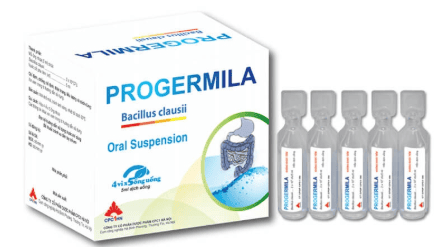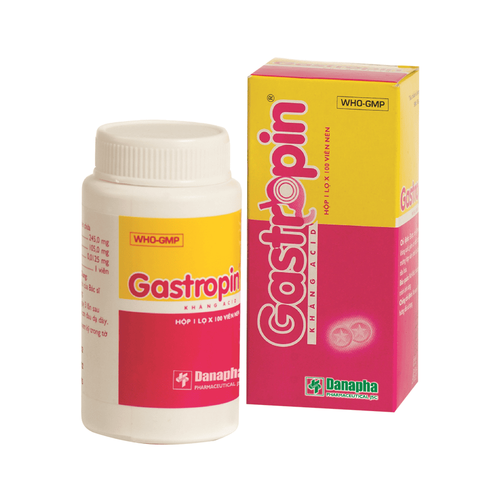This is an automatically translated article.
Posted by Master, Doctor Mai Vien Phuong - Department of Examination & Internal Medicine - Vinmec Central Park International General Hospital
Essential fatty acid deficiency is rare in healthy adults and children who have a varied diet with adequate amounts of essential fatty acids, linoleic acid (LA) and alpha-linolenic acid (linoleic acid). Clinicians should be aware of the risk of essential fatty acid deficiency in specific populations that may have malabsorption syndromes, or for other reasons that severely limit fat intake, absorption absorption or transformation.
1. The role of fat in the body
Fat is an essential dietary component, whether it is part of a dietary regimen, an enteral nutritional formula or part of an parenteral nutritional supplement. The human body needs fat stores to cushion organs and provide insulation to regulate temperature. Fat stores can be used for energy during times of starvation, although it is important to realize that some tissues in the body (brain and red blood cells) rely solely on glucose for energy. because fat cannot be converted to glucose. Dietary fat is not only a source of energy through oxidation, it is also necessary to facilitate the absorption of fat-soluble vitamins in the small intestine.
Fat is important at the cellular level as it is an essential part of cell membranes. Cell membranes are composed of phospholipids, which are sensitive to chemical signals. Consuming a variety of fats (e.g., omega-3 versus omega-6 fatty acids) will allow different types of fats to be incorporated into cell membranes, modulating responses to a number of processes. Metabolism includes inflammation, control of gene expression in cells, and production of cellular proteins. A recent Calder review provides a more detailed discussion of these processes.

2. Classification of essential fatty acids
Fats are composed of triglycerides, containing a backbone of glycerol with three fatty acids that differ in length and number of double bonds. Fatty acids can be classified based on their length, with short chain fatty acids having 2-4 carbons, medium chain fatty acids having 6-12 carbons and long chain fatty acids having 12-24 atoms. carbon.
Fatty acids are further classified according to the number of double bonds: saturated fat - 0, monounsaturated fat - 1, and polyunsaturated fat ≥ 2. People in general consume enough fat in diet to meet all fatty acid requirements; Essential fatty acids are substances that cannot be synthesized because humans lack the necessary enzymes.
3. Clinical manifestations of essential fatty acid deficiency
Patients with essential fatty acid deficiency may have evidence of both physical and biochemical deficiency. For patients with known risk factors, clinicians should monitor for evidence of essential fatty acid deficiency.
As stated above, in the absence of sufficient linoleic acid and linoleic acid, oleic acid is converted to mead acid (also known as eicosatrieonic acid [triene]). There is also decreased production of arachidonic acid (also known as eicosatetraenoic acid [tetraene]). An elevated triene:tetraene ratio indicates that more mead acid than arachidonic acid is being produced, suggestive of essential fatty acid deficiency. A ratio >0.2 (some suggest >0.4) is a diagnosis of essential fatty acid deficiency. An elevated triene:tetraene ratio will manifest before any other signs or symptoms of essential fatty acid deficiency.

4. Prevention of essential fatty acid deficiency
Adequate fat intake is the starting point to prevent essential fatty acid deficiency. At least 10% of total energy intake should come from polyunsaturated fats and 2%-4% of calories from linoleic acid. Once a high-risk patient is identified, an appropriate nutrition plan can be developed. Patients dependent on parenteral nutrition can develop essential fatty acid deficiency within 10 days without adequate fat supplementation, but most reports are after 4 weeks of parenteral nutrition without adequate fat intake. have fat.
For patients receiving parenteral nutrition with a standard infusion lipid emulsion, based on soybean oil, the minimum amount of fat to prevent essential fatty acid deficiency is 100g (500mL of 20% lipid emulsion infusion) per week. The infusion lipid emulsion product consists only of soybean oil containing 50% linoleic acid. Smoflipid® (Fresenius Kabi, Lake Zurich, IL) is an infusion lipid emulsion containing a blend of soybean oil, medium-chain triglycerides, olive oil, and fish oil that was introduced to the United States market in 2016. ClinOleic 20% (Baxter Corporation, Mississauga, ON; not available in the US) is a blend of olive oil and soybean oil. With either new infusion lipid emulsion, clinicians need to calculate the amount of linoleic acid infusion to ensure an adequate supply of linoleic acid.
5. A course of parenteral nutrition may also be beneficial to meet fatty acid requirements
A course of parenteral nutrition may also be beneficial to meet fatty acid requirements. Since human adipose tissue is 10% linoleic acid, fat depots can be a significant source of essential fatty acids. When parenteral nutrition is cyclically active, insulin secretion and lipogenesis are decreased during resting parenteral nutrition or during calcium-reduced feeding, allowing some linoleic acid to be mobilized from fat storage; 18.26 proper fat reserves are required for this to be effective.

6. The role of new fatty acid products
With the advent of new infusion lipid emulsion products, clinicians may have questions about the ability to use these products to meet essential fatty acid requirements. Patients can meet their essential fatty acid requirements with their infusion lipid emulsion, but cycling of parenteral nutrition and their own adipose tissue may also provide some essential fatty acids. It is important that clinicians report results with these new infusion lipid emulsions in low-birth-weight patients with low fat stores.
Any questions that need to be answered by a specialist doctor as well as customers wishing to be examined and treated at Vinmec International General Hospital, please register for an online examination on the Website for the best service
Please dial HOTLINE for more information or register for an appointment HERE. Download MyVinmec app to make appointments faster and to manage your bookings easily.





